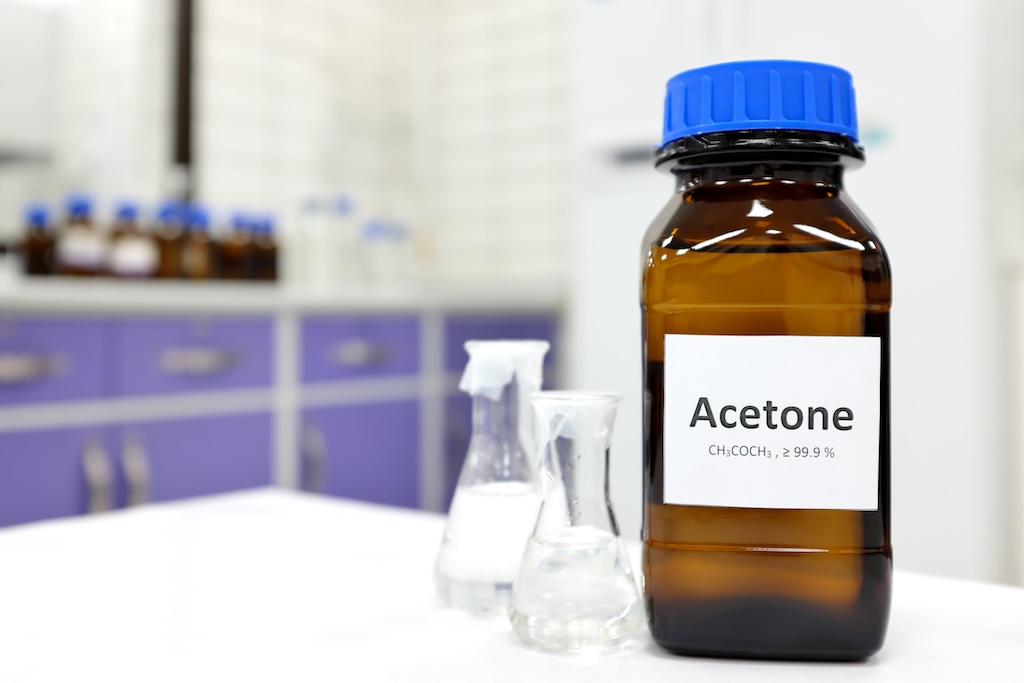When it comes to painting our homes or workplaces, we often prioritize color and finish. However, there’s another crucial aspect that demands our attention – the presence of Volatile Organic Compounds, or VOCs, in paint. VOCs can significantly impact indoor air quality and health. This blog aims to shed light on what VOCs are, their presence in paint, and how they affect our health. By gaining insight into these chemical compounds, we can make more informed choices about the types of paint we use. This ensures not only a beautiful space but also one that maintains the quality of our indoor environment and well-being.
What Are VOCs?
Volatile Organic Compounds (VOCs) are a group of chemicals that vaporize at room temperature and are commonly found in many household products, including paints. As paint dries, it releases these compounds into the air via a process known as off-gassing. Off-gassing can continue for an extended period of time after the initial painting. VOCs’ effects on indoor air quality are a concern because they can accumulate to levels many times higher indoors than outdoors. Understanding the types of VOCs and their sources helps in making informed decisions about the use of paints and other products.
VOCs in Paint
VOCs in paint include a variety of chemicals, some of which are used to improve paint performance. They act as solvents, helping in the dispersion of the paint, enhancing its durability, and ensuring a smoother application. Historically, high levels of VOCs were common in paints, but with advancing technology and awareness, the concentration of these harmful compounds has been significantly reduced in many products. Modern formulations aim to maintain the benefits that VOCs provide, such as quick drying times and durable finishes, while minimizing health and environmental risks.
Health Impacts of VOCs
Exposure to VOCs can lead to a range of health issues. Short-term exposure may cause symptoms like headaches, dizziness, and respiratory irritation. Long-term exposure, however, can have more severe consequences, potentially leading to liver and kidney damage and central nervous system issues. Some VOCs are also known carcinogens, increasing the risk for cancer. It is essential for consumers to be aware of these potential health impacts and seek out safer alternatives when possible.
Understanding Paint Labels
The paint industry has responded to the health concerns associated with VOCs by developing low-VOC and zero-VOC paints. These products emit fewer harmful chemicals, making them a safer choice, especially for indoor applications. When choosing paint, it’s important to read labels carefully. The terms ‘low-VOC’ and ‘zero-VOC’ are regulated, but their definitions can vary, so understanding the specific VOC content (usually measured in grams per liter) is crucial. Consumers should look for credible certifications that validate the claims made on the paint labels.
Mitigating the Risks
When using paints containing VOCs, certain precautions can mitigate their impact on health:
- Ventilation: Ensure good ventilation in the painting area by opening windows and using fans.
- Protection: Wear protective gear like masks and gloves during painting.
- Awareness: Caution is especially important in spaces used by children, elderly, or those with respiratory issues. Moreover, opting for painting during warmer months can help as it allows for better ventilation and faster dissipation of VOCs.
The Future of Paint and VOCs
The trend in the paint industry is moving towards formulations that are not only environmentally friendly but also safer for human health. Consumer awareness and demand are driving this change, leading to more innovations in paint formulations that reduce or eliminate the need for harmful VOCs. As research continues, we can expect further advancements that prioritize both the planet’s well-being and our own health. The goal is to find solutions that do not compromise quality or performance while ensuring safety.
Final Thoughts
Understanding the presence and impact of VOCs in paint is crucial for making informed decisions that affect our health and well-being. With the availability of low-VOC and zero-VOC paints, we have the option to choose healthier alternatives without compromising on quality and performance. As we become more conscious of the products we use in our homes, the move towards safer, more sustainable painting options is a positive step for both our health and the environment. For more information on eco-friendly painting solutions and tips, visit our website at sisupainting.com and explore our blog at sisupainting.com/blog.





No comment